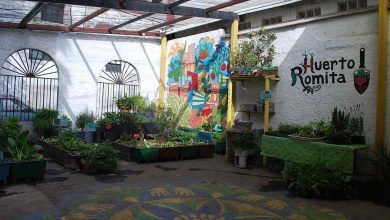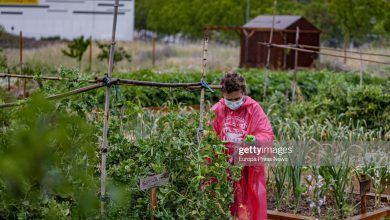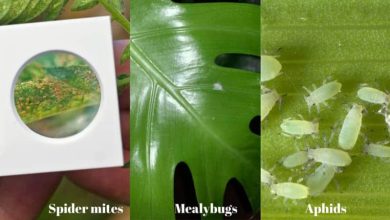Types of Substrates: [Concept, Characteristics, Natural and Artificial]
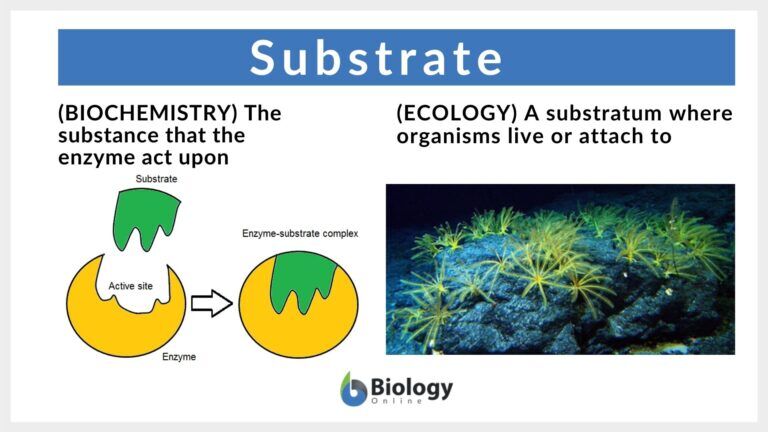
Substrates are solid materials that serve as a base for plants or animals to live and develop. Their composition is very varied depending on the ecosystem where they develop.
Within gardening and agriculture it is very useful to know its composition, since it is essential for the initial phases of planting, before transplanting it to the garden or field.
Do you want to know more about it and what applications it can have in your orchard and/or garden? So let’s start
What is the substrate?
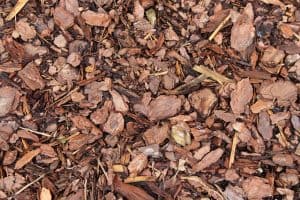 The substrate is the solid surface that is used to grow a plant.
The substrate is the solid surface that is used to grow a plant.
It differs from everyday soil in that it is much more aerated and contains more organic matter, reaching levels of up to 80% of the latter.
It is also much lighter, which helps the water to drain easily and the roots of the plants to settle to their liking.
The formation of the substrates can be done through different routes, so it is worth studying their characteristics in depth.
 Biobizz 02-075-110 – All-Mix pre-fertilized soil mixture, 50 liters
Biobizz 02-075-110 – All-Mix pre-fertilized soil mixture, 50 liters
- When you are going to use the mixture for the first time, moisten the substrate and let it rest for 36 hours
- It has been designed to emulate the rich soil outside with an active ecosystem
- All Mix is a richly pre-fertilized soil mix
- EC=2.4 Ph=6.6
€21.00 View on Amazon Prices with VAT without transport
Last updated on 2022-07-26 / Affiliate Links / Affiliate API Images
What types of substrates can we find?
Substrates can be classified into two broad groups: natural and artificial.
natural substrates
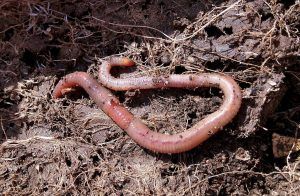 Natural substrates are those obtained from living matter subject to decomposition.
Natural substrates are those obtained from living matter subject to decomposition.
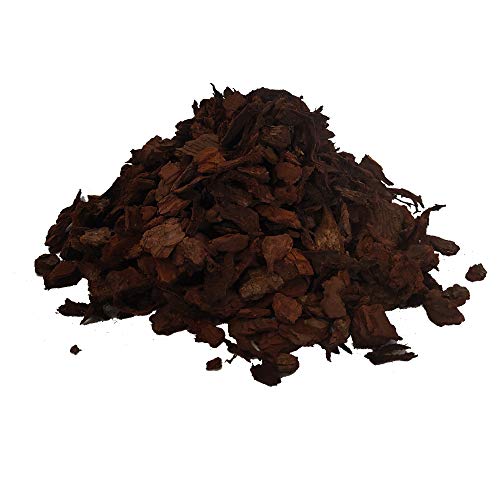
artificial substrates
The artificial ones are the ones that must be worked through certain procedures.
To classify the substrates in one or another group, their physical, chemical and biological characteristics must be considered.
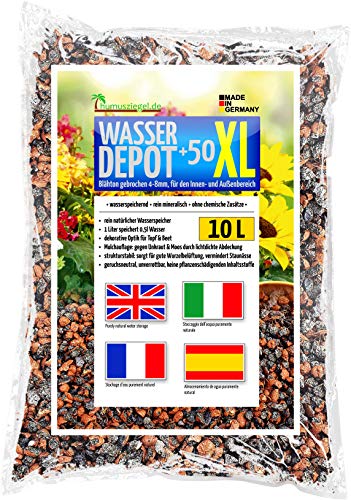
What properties does the substrate have?
Next we are going to comment on the different properties that a substrate can have: physical, chemical and biological.
physical properties
- Porosity: consists of the presence of air that the substrate has and that is generated by the free spaces of solid matter in it.
- Density: is the space that the substrate tends to occupy, taking into account both the solid component and the air.
- Structure: refers to the type of shape that adapts the substrate. In most cases it is granular, and fibrillar may also be found.
- Granulometry: refers to the size of the particles contained in the substrate and that will vary in response to certain stimuli, such as humidity.
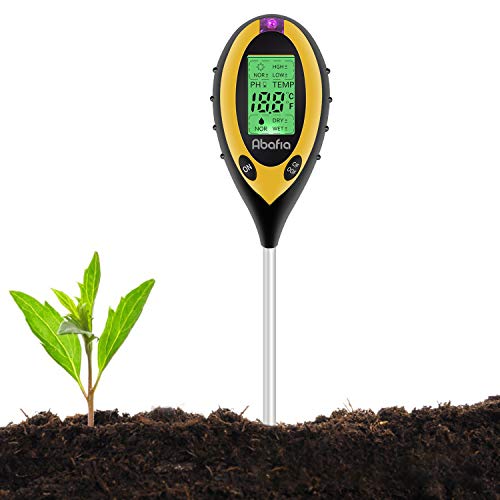 Abafia Soil PH Meter, 4 in 1 Soil Tester PH Meter, Sunlight, Temperature, Moisture Meter for Plants, Garden, Farm, Indoor, Outdoor
Abafia Soil PH Meter, 4 in 1 Soil Tester PH Meter, Sunlight, Temperature, Moisture Meter for Plants, Garden, Farm, Indoor, Outdoor
- 4 in 1 Plant Soil Test Kit: Test soil moisture (5 levels), PH value (3.5 to 9.0,12 levels),…
- Large Backlit LCD Screen – This soil tester uses a large LCD screen to easily display a…
- CONVENIENT OPERATION – Plug in a 9V battery, remove the protective cover from the probe and turn it on, insert the…
- Indoor/Outdoor Design – Ideal tool for testing soil conditions (moisture/light/pH) of fruits,…
€21.99 View on Amazon Prices with VAT without transport
Last updated on 2022-07-26 / Affiliate Links / Affiliate API Images
Chemical properties
The chemical properties are those that facilitate the transfer of nutrients from the substrate to the roots of the plants.
Also included are elements that cause degradation of substrate components and release nutrients.
biological properties
Biological properties are the activities that other microorganisms have that are detrimental to plant growth.
Through these elements, the access of plants to oxygen and other nutrients that are essential for their growth can be restricted.
What are natural substrates?
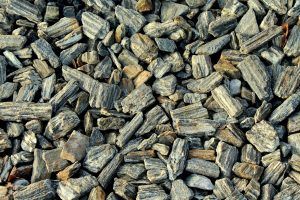 Natural substrates are those that are obtained through nature, where there is almost no need to modify their structure.
Natural substrates are those that are obtained through nature, where there is almost no need to modify their structure.
Within the main substrates of this group we have:
Sand
It is one of the most used because it is very easily obtained.
At the granulometry level, it is excellent and has a good level of porosity. Depending on the type of sand, river sand is presented as the most favorable for any planting.
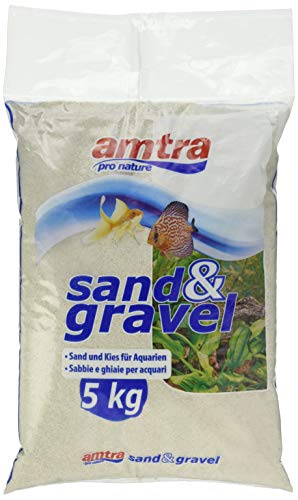
gravels
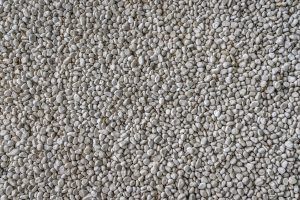 They are much more compact substrates than sand and this prevents them from having good drainage. However, its level of porosity is high and it becomes very positive.
They are much more compact substrates than sand and this prevents them from having good drainage. However, its level of porosity is high and it becomes very positive.
They are not very variable over time, so they allow a good job in planting.
volcanic gravel
It is one of the most interesting natural substrates because it already contains within its composition some of the nutrients that plants need to develop.
It has very good drainage.
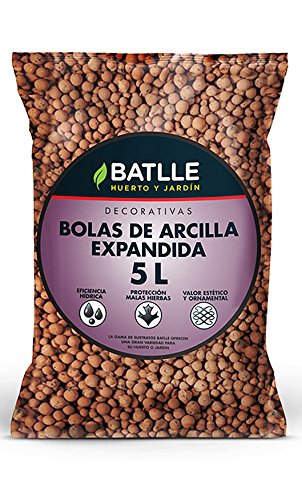
Water
It is usually used as an initial substrate in the case of some plants that need high levels of humidity to develop.
mobs
There are two well-differentiated types of peat: blonde and black, and each one has a determining condition at the time of sowing.
Blondes have more organic matter, but blacks are more stable. Your selection will be based on the type of plant to be grown.
Although these are the most common types, you can also find others such as coconut fiber, manure, earthworm humus, among others.
And the artificial substrates?
Artificial substrates are those that contain a series of very specific properties and that help to balance the natural ones.
They are achieved after modifying, in some way, a natural material.
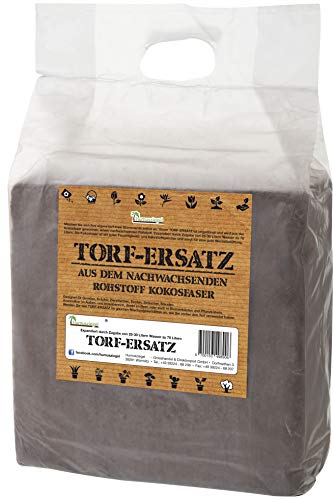 Coconut fiber substrate without peat for 70 L of soil
Coconut fiber substrate without peat for 70 L of soil
- A block of 5 kg coconut fiber peat drift replacement with coconut blossom water aufgequollen approx 70 liters of fine soil….
- Tip: each heater is the aufquellwasser, the more volume you get. Insert the completely cleaned block into a…
- Let the coconut block 30 – 60 minutes (depending on the temperature of the water) swell and amounts you then…
- You can use source soil or blended, or your own flower soil mix for making. also like…
View on Amazon Prices with VAT without transport
Last updated on 2022-07-26 / Affiliate Links / Affiliate API Images
In this group we find:
perlite substrate
It is a material whose main properties are good porosity and a high capacity to retain water.
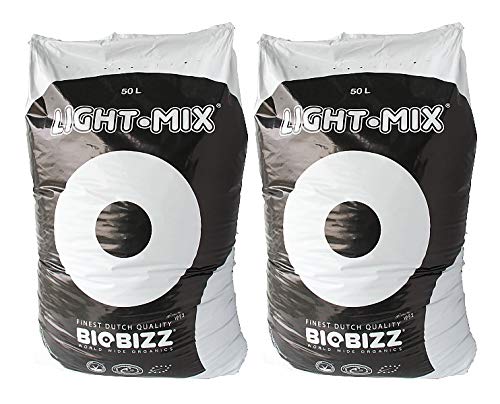
expanded clays
They allow the final porosity of the substrate to increase, although the problem they present is low water retention.
vermiculite
At the beginning it has good levels of porosity and water drainage.
However, after a while, their porosity is lost due to the coupling that is generated between them, as occurs with sand when it is compacted.
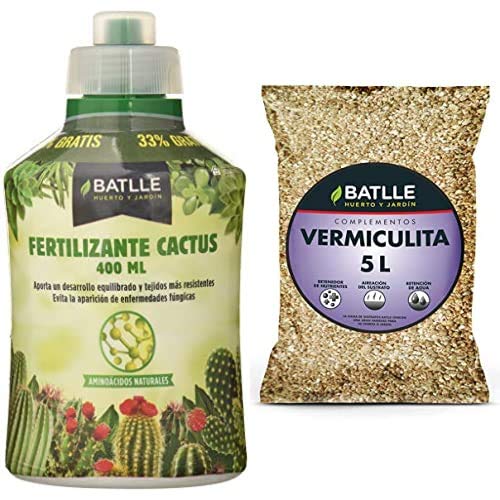
How are substrates classified according to their properties?
Based on their properties, substrates are classified as chemically inert and chemically active.
inert substrates
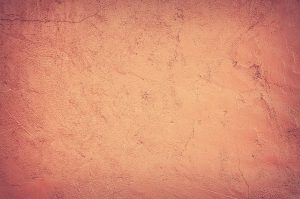 The inert ones are those that carry out a support work for the plants, but do not generate any type of action on their nutrition.
The inert ones are those that carry out a support work for the plants, but do not generate any type of action on their nutrition.
An example of this type is expanded clay.
active substrates
On the other hand, the chemically active ones are those that act as a support, at the same time that they offer some type of nutrient for the development of the plant.
In this case, a good example would be mobs.
Batlle Seeds – Perlite Substrate 5 L, White and Turquoise Color
- Pure components of the highest quality, used as substrate formers; ideal for making custom formulas…
- Perlite offers a pore size that provides easily assimilable water retention for maximum plant
- In addition to providing aeration and sponginess to the medium
- Package weight: 1.3 kilograms
€5.95 View on Amazon Prices with VAT without transport
Last updated on 2022-07-26 / Affiliate Links / Affiliate API Images
What advantages does the substrate have?
Substrates have a series of characteristics that are very beneficial for both plants and farmers or gardeners.
Here we find:
- As they are assembled based on the potential needs of the plant, they are usually clean of all kinds of disease.
- They help take advantage of spaces where the land has already been heavily cultivated and is not in good condition.
- They make it easier to maintain the correct levels of humidity and nutrients depending on each case.
- They promote the numerous collection of fruits.
Substrates have become essential to ensure that plants have optimal growth from seed.
In fact, for the most experienced farmers, the substrate is a key piece before proceeding to transplant the plants.
This helps the results after starting to be much more efficient than when the seed is planted directly in the ground.
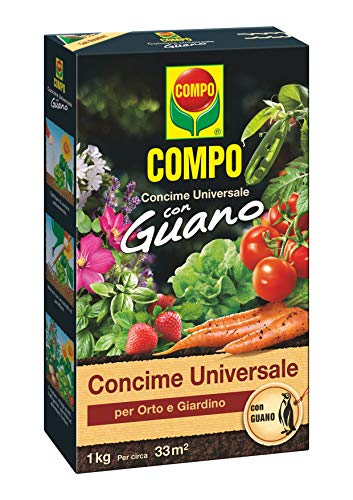 COMPO – Fertilizer Guano Universal Compo 1 Kg €16.53 View on Amazon Prices with VAT without transport
COMPO – Fertilizer Guano Universal Compo 1 Kg €16.53 View on Amazon Prices with VAT without transport
Last updated on 2022-07-26 / Affiliate Links / Affiliate API Images

![Photo of Prune Kumquats: [Importance, Time, Tools, Considerations and Steps]](https://www.complete-gardening.com/wp-content/uploads/2021/06/Kumquats_1621092512-390x220.jpg)
